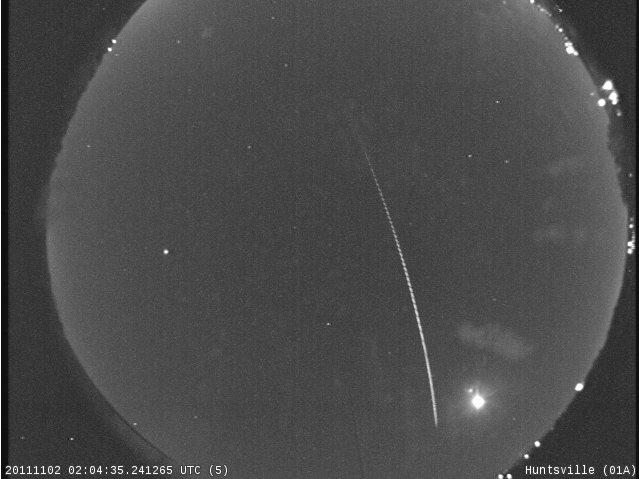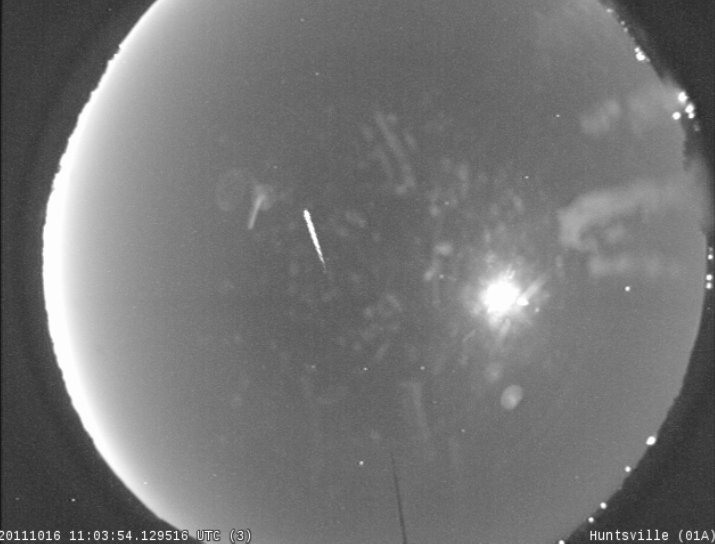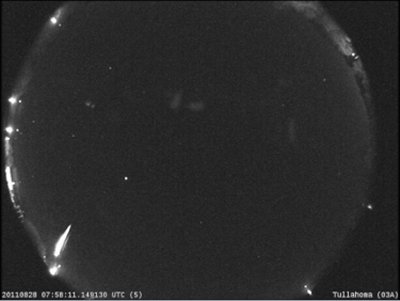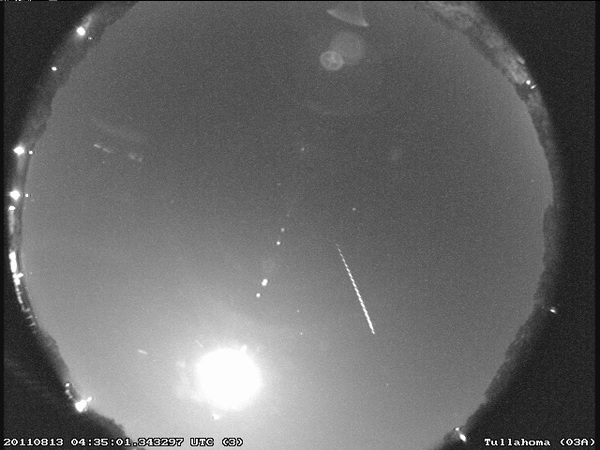The next full moon is known as the Cold Moon, the Long Night Moon, or the Moon Before Yule. The moon will be “opposite” the sun at 9:38 a.m. EST on Saturday, Dec. 10. The moon will appear full for about three days around this time, from the evening of Thursday, Dec. 8 through the morning — and possibly the evening — of Sunday, Dec. 11.
On Dec.10, the moon will be so “opposite” the sun from the Earth that it will pass through the shadow of the Earth. The Earth’s shadow will begin to reduce the amount of sunlight reaching the moon at about 6:34 a.m. EST, but the U.S. East Coast will not be able to tell that the moon appears dimmer before it sets at 7:08 a.m. EST. The full shadow of the Earth (called the umbra) does not start to fall on the moon until about 7:46 a.m. EST, well after the moon has set for the U.S. East Coast. Even for the U.S. West Coast, the eclipse will be near moonset, making this a difficult eclipse to view. The extended period with reduced sunlight, including 51 minutes in the full shadow of the Earth, presents a challenging environment for spacecraft at the moon (LRO, the twin GRAIL spacecraft) that rely upon sunlight for heat and solar power. Because the two ARTEMIS spacecraft are in highly elliptical orbits around the moon, it is not clear if or how they will be impacted.
Europeans call the December full moon the Moon before Yule. Yule is an old northern European winter festival that is now associated with Christmas. The Native American names for the full moon in December — as reported in the Farmer’s Almanac — are the Cold Moon or the Long Night Moon. The Cold Moon gets its name because December is the month when it really starts to get cold, although our coldest average temperatures are in January. The Long Night Moon gets its name because the full moon in December occurs near the solstice, which has the longest night of the year. The full moon takes a high trajectory across the sky because it is opposite to the low sun, so the moon will be above the horizon longer than at other times of the year.

A full moon over Earth, seen by astronaut Ron Garan from the International Space Station. (NASA)















